When my son joined the Cub Scouts in the first grade, I never would have imagined that 10 years later I would be trudging up a wet and rocky canoe trail in Northern Minnesota with a 70-pound pack on my back, dodging tree branches and aggressive mosquitos. Earlier this summer, 18 Scouts and parents from Pinecrest’s Boy Scout Troop 457 made the 2,000-mile trip from Miami to the Charles L. Sommers Canoe Base in Ely, Minn., a Boy Scout High Adventure Camp located in the Boundary Waters separating the United States and Canada.
The typical image of a Boy Scout is that of a young kid, perhaps learning first aid, camping or maybe doing a service project. Yet as young men rise through the ranks of Scouting, they earn the opportunity to participate in unique Scouting experiences known as High Adventure Camping – a two-week backpacking trek in New Mexico called Philmont, a weeklong sailing trip in the Caribbean called SeaBase or the 5-10 day canoe trek in Minnesota known as Northern Tier. (I think they chose the name Northern Tier because if they called it “Five grueling days of canoeing, hiking and sleeping on the ground,” then no one would go.)
At Northern Tier, Scouts and their advisors canoe through the Boundary Waters – meandering through countless lakes and ponds with all of their gear and provisions loaded in the canoes. Evenings are spent at primitive camp sites managed by the National Forest Service. What’s a primitive camp site? Picture a somewhat cleared area with room for two to three tents and featuring two other man-made items: a fire grate for cooking and a primeval toilet known as a “grumper.” Oh, and about 1,000 mosquitos.
The adventure begins at the base with provisioning, where the crews receive their tents, cooking gear and safety equipment. Crews are then issued canoes, paddles and food. All gear is loaded in large, waterproof-ish packs – which can weigh 50-80 pounds. The Scouts then choose the route for the trek and are issued maps and compasses, as they are in charge of navigating (under the watchful eye of a trained guide known as an Interpreter.) We paddled 53 miles over four and a half days.
As a lifelong flatlander living in South Florida, I found the Boundary Waters to be interesting and picturesque. Endless vistas of trees with rock formations and waterfalls interspersed. Fresh water, green trees and blues skies were the norm, except for one rainy and thundering afternoon that left us marooned on a rocky campsite about 20 miles short of the base.
While the act of canoeing is strenuous, the “star” of Northern Tier is an activity called portaging. Many of the lakes and ponds are at differing elevations, linked by waterfalls and rapids, and only accessible by short connecting trails. If you want to go from one lake to another, and not go over a waterfall, you have to portage. This means each member of your crew carries a large pack — or a canoe itself on their shoulders – from one lake to another. Believe it or not, it’s easier for one person to carry a canoe on a portage trail than to have two or three share the duty.
At Northern Tier with the Scouts, they require you to “wet-foot” portage, which means you get out of your canoe while still in a few inches of water and load your gear on your back while still in the lake. One brave soul then stands facing the side of the canoe, hoists it up on their thighs while holding the opposite side, rocks it up and down a couple times to generate momentum, and then quickly hoists the canoe over their head — resting the padded center yoke on their shoulders. (I bet Crossfit aficionados would love it. Imagine kettle bell swings but with a Kevlar canoe.) After crossing the trail to the next lake, you plod into the water and load-up your canoes with the gear from your back. Paddle, portage, repeat.
Turns out that our boys were pretty good at carrying the canoes. While initially intimidated, they later found that a properly balanced 45-pound canoe was easier to carry than an unwieldy 70-pound pack jammed with food or camping gear.
At the beginning of our trek, the portage trails were quite the “firedrill.” Lots of rocks to slip on, trip over or damage your canoe. Cumbersome gear. Canoes “plinking” together. As you might imagine, general disorganization ruled the day. For some crazy reason, I chose to carry the heaviest pack (the food pack) on the first day. (The food pack got lighter as we ate-down the rations each day.) The straps on the pack cut into my shoulders and both my arms went numb as I slogged up the trail. I said to one of the Dads: “Either this pack is really heavy, or I’m having a stroke.” Could have been both.
Yet as the days wore on, our little crew of Scouts and Dads started to perform like an actual unit. We learned what duties we were best at, we helped one another, and we slowly learned to manage the challenges of the portages – particularly as we got closer to the end and knew we would never have to do them again.
And the Boundary Waters are quite amazing. I tried to impart to the boys that they needed to enjoy the journey and focus less on reaching our daily destinations. Pay attention to your surroundings, and you never know what you might see. To that end, a bald eagle flew across our path on our first day, and we noticed a black bear foraging on the shoreline one morning. We were never closer than a quarter mile from the bear, but when I accidentally hit my paddle on the side of the canoe, it turned and looked right at us – a moment we will never forget. We also saw a few beavers, including one that was none-to-pleased that I unknowingly went swimming near its lodge. Aforementioned beaver was indeed angry, just like the cartoon namesakes.
Though the mosquitos were bad, the packs were heavy and it seemed like all the trails were uphill, I have not a single regret about taking-on Northern Tier with my son and a fine group of boys and Dads known as the Cobra Patrol of Troop 457. It was truly a culmination of 10 years of activities that started with Cub Scouts and continues in Boy Scouts as our boys work toward becoming Eagle Scouts next Spring.
If you are interested in Scouting for your kids, I highly recommend it. More information on Troop 457 is available at www.bsatroop457.org and we meet each Tuesday night during the school year at 7:30 p.m. at Kendall United Methodist Church at the intersection of S.W. 77 Ave. and S.W. 104 Street. We also recently started Cub Scout Troop 457 which meets at both Palmetto Elementary and Palmetto Middle School.
I highly recommend Scouting to all parents. Cub Scouts, Boy Scouts and Girls Scouts are all great organizations, and you may just end up getting an experience of a lifetime from it.
John P. David is an assistant Scoutmaster at Troop 457 and a 20-year resident of Pinecrest. He is president of David PR Group and author of “How to Protect (Or Destroy) Your Reputation Online.”



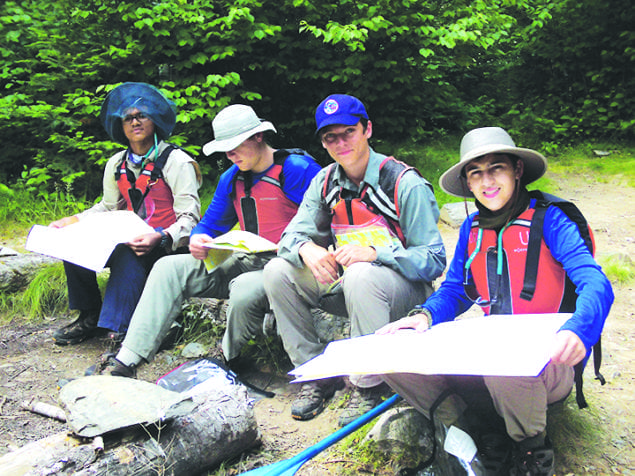
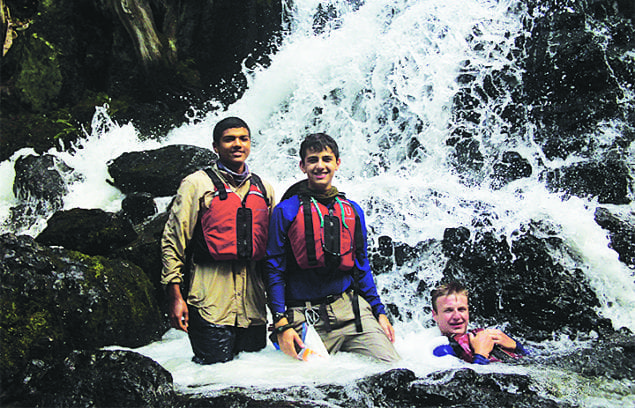
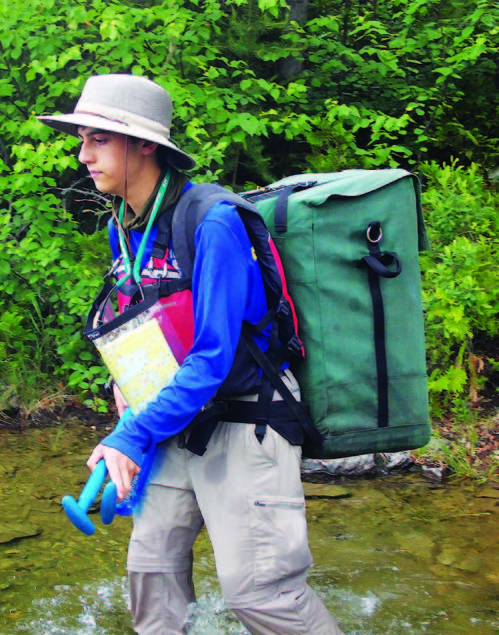
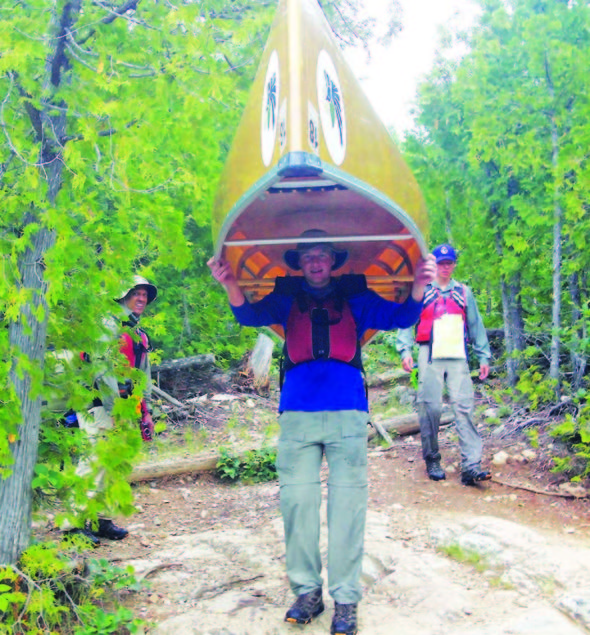

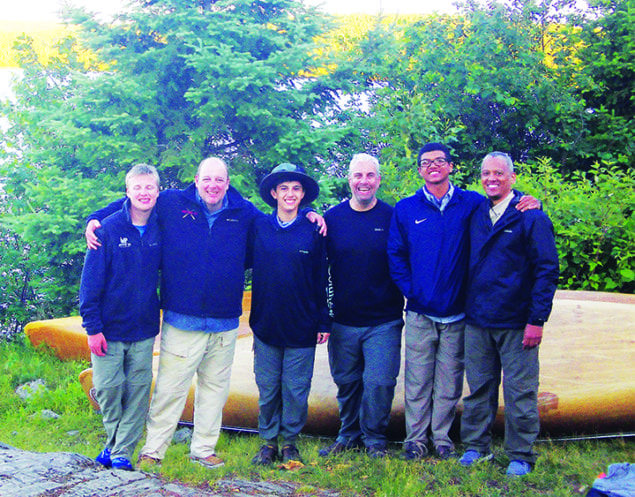
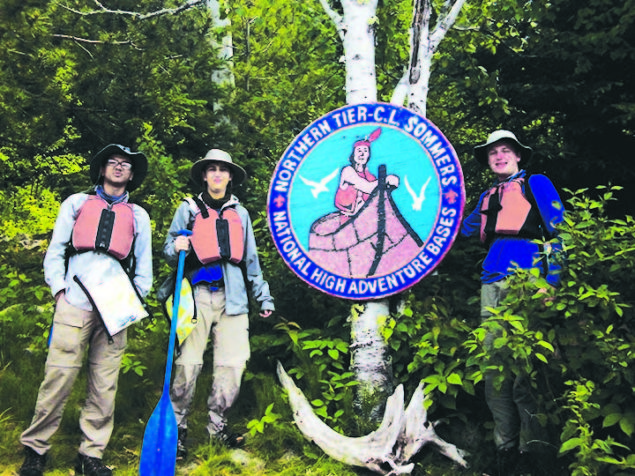
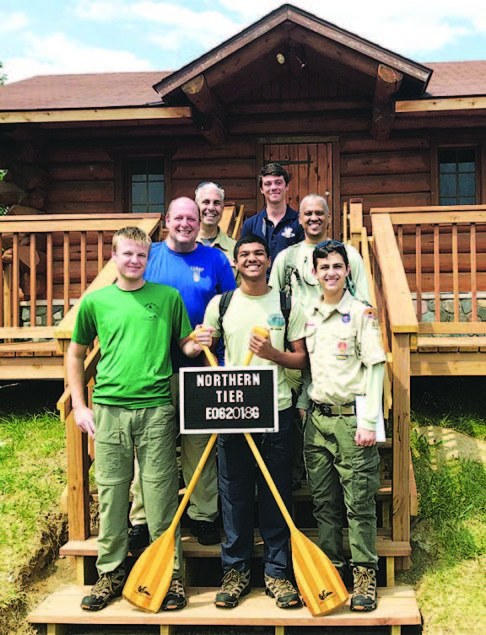




Great writing as usual John. I’ve heard a lot of good things about the boundary waters – hope to check it out one day.